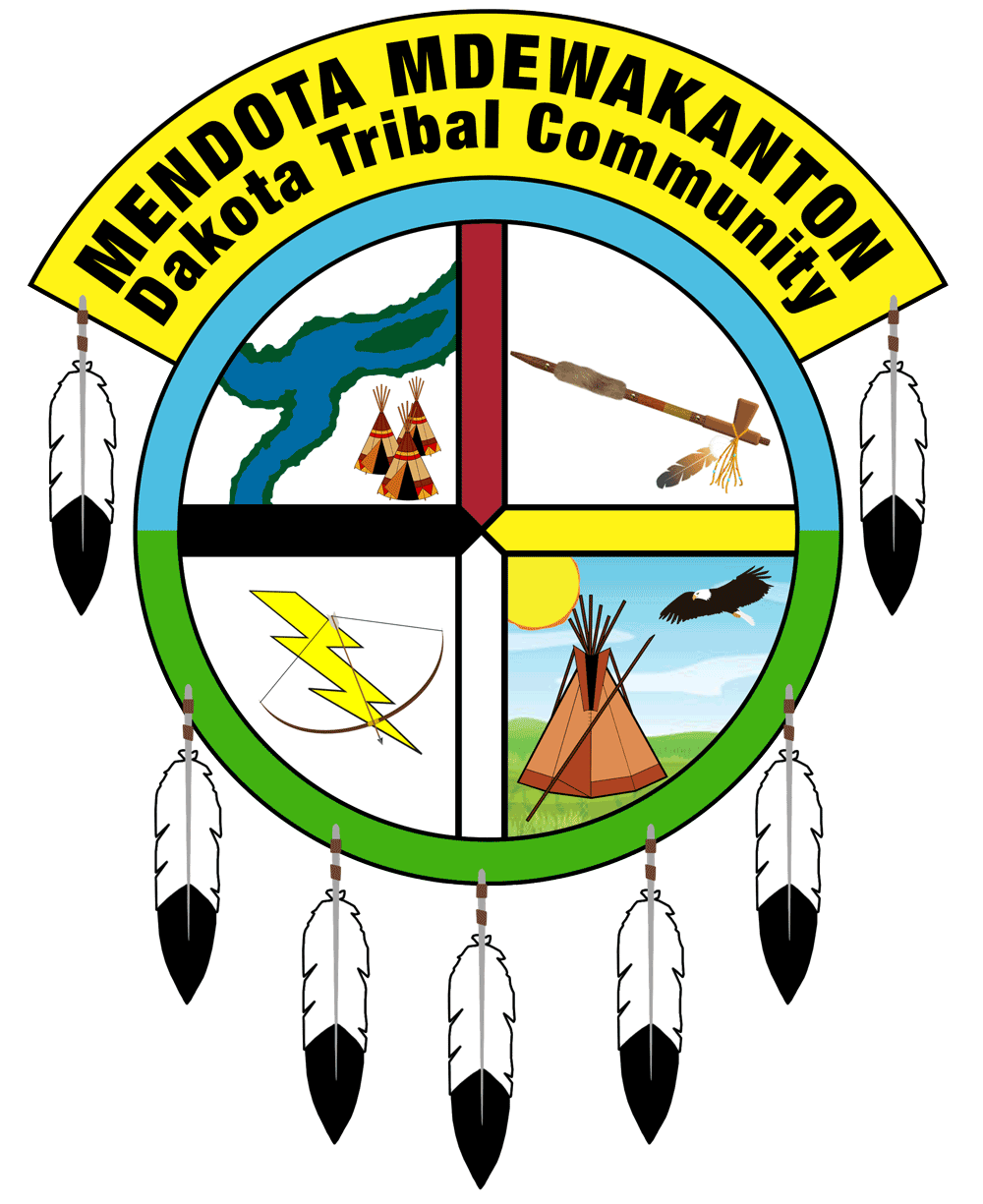Film fest, speaker delve into American Indian Movement
Each one was a good day to die. For 71 days in late winter and early spring of 1973 shots were fired in anger at Wounded Knee, South Dakota, between federal marshals and members of the American Indian Movement.
“After Wounded Knee we became warriors again,” said Dennis Banks, one of the leaders of the AIM occupiers and subject of the soon-to-be-released film, “A Good Day to Die.”
Winona Frozen River Film Festival audiences had a chance to preview the film and ask questions of Banks at festival showings of “A Good Day To Die.”
“A true warrior cares for his people,” Banks said. After years of officially sanctioned abuse and neglect, Native Americans had been pushed to the point of confrontation, he said. Wounded Knee, site of the 1890 massacre of up to 300 Dakota men, women and children by the United States 7th Cavalry, would be the place where we “laid down the pipe,” Banks said.
The film chronicles Banks life from childhood through his trial on charges stemming from the Wounded Knee occupation. Film co-director Lynn Salt said Bank’s life story was used to introduce the relationship between Native Americans and the United States government to people who had never heard of AIM or Wounded Knee and had never met or known native people. By “humanizing one native person,” the filmmakers hope to instill in those people an awareness of the humanity of all native people.
Banks added a personal epilogue to the film’s story of his life.
In the film he speaks of how one day, buses rolled onto the Leech Lake Ojibwa reservation in northern Minnesota where he and his family lived. The children were assembled and a Bureau of Indian Affairs official gestured to Banks and his friends and relatives and said, “These are the ones who have to go,” Banks said. They were loaded onto a school bus and taken to the Indian boarding school in Pipestone. Banks was 5 years old. He would not see home or hear from his family for six years. No visits, not even so much as a letter, he said.
“I thought our mother had abandoned us,” he said. When she died, “I had no emotion for her passing,” Banks said.
It was during the making of the film, when the crew were researching in records of the federal Indian schools that Banks got a phone call from his daughter Tashina. They had found his school records, she told him, and they found something more.
It was a pack of letters to Banks from his mother. “They were addressed to me … or to the government and me,” he said. The Bureau of Indian Affairs routinely censored communications between students and their families, he said, and in his case, cut off communications completely. “The government never told me of the letters … never once.”
Banks took the letters to his mother’s grave and, for the first time, read them. “I broke up … started crying,” he said. But through the tears burned conviction. “It made me more convinced of what I must do with my life. To expose the the wrongs committed against us.”
“There are injustices in this world,” Banks said, “and we must remember the wrong that has happened.”


 Loading…
Loading…

